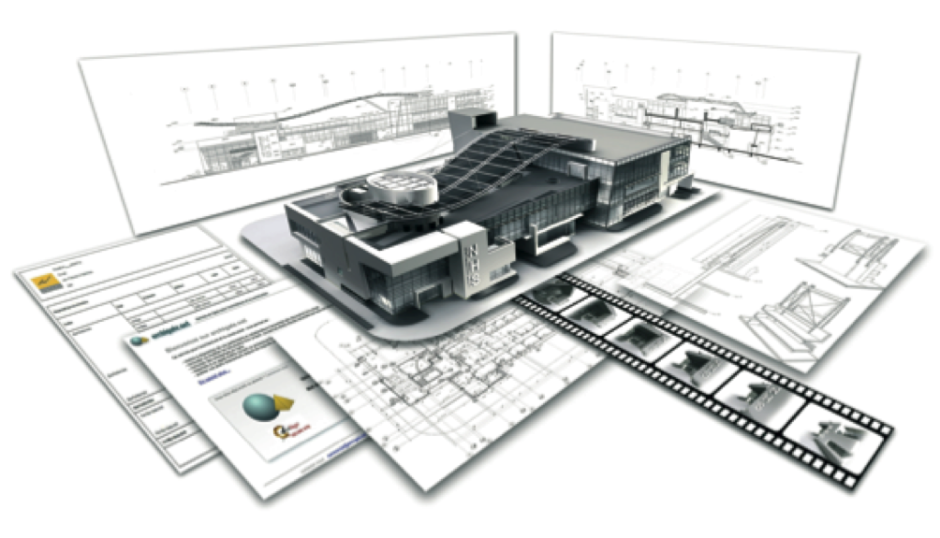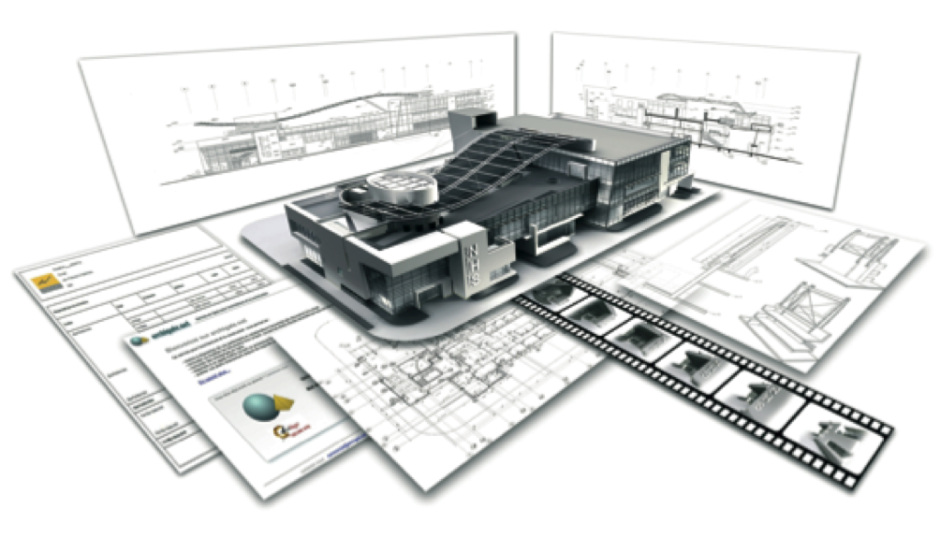What is BIM good for?
3D visualization –
While there can be several different goals to fulfil by the creation of a purpose built BIM model that may differ both in their focus, scope, complexity, level of details and the depth of information added to the 3D model, of course the most trivial use of a BIM model is for making nice visualizations of the being to be build. This is good for both helping your design decision by comparing different design alternatives and for “selling” your design to your client or even to the local community that might have a veto about the entire building project. Change Management – Since data is stored in a central place in a BIM model any modification to the building design will automatically replicate in each views such as floor plans, sections and elevation. This not only helps in creating the documentation faster but also provides stringent quality assurance by automatic coordination to the different views.
Building Simulation – BIM models not only contain architectural data but the full depth of the building information including data related to the different engineering disciplines such as the load-bearing structures, all the ducts and pipes of the different building systems and even sustainability information as well with which all the characteristics of a building can easily be simulated well in advance. Data Management – BIM contains information that is not visually represented at all. Scheduling information, for example clarifies the necessary manpower, coordination and anything that might affect the out come of the project schedule. Cost is also part of BIM that allows us to see what the budget or estimated cost of a project might be at any given point in the time during the project. Building Operation – It is needless to say that all these data put in a BIM model is not only useful during the design and construction phase of a building project but can be used throughout the entire building lifecycle helping to reduce the operation and management cost of buildings which is at least magnitude more than the entire cost of construction.
Source: About BIM




